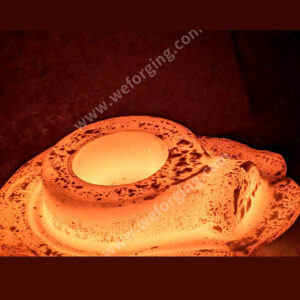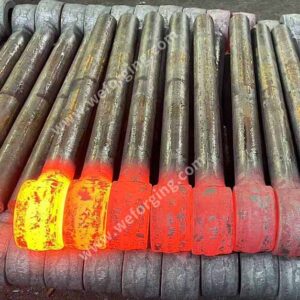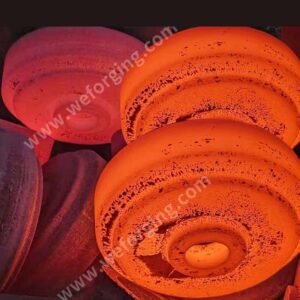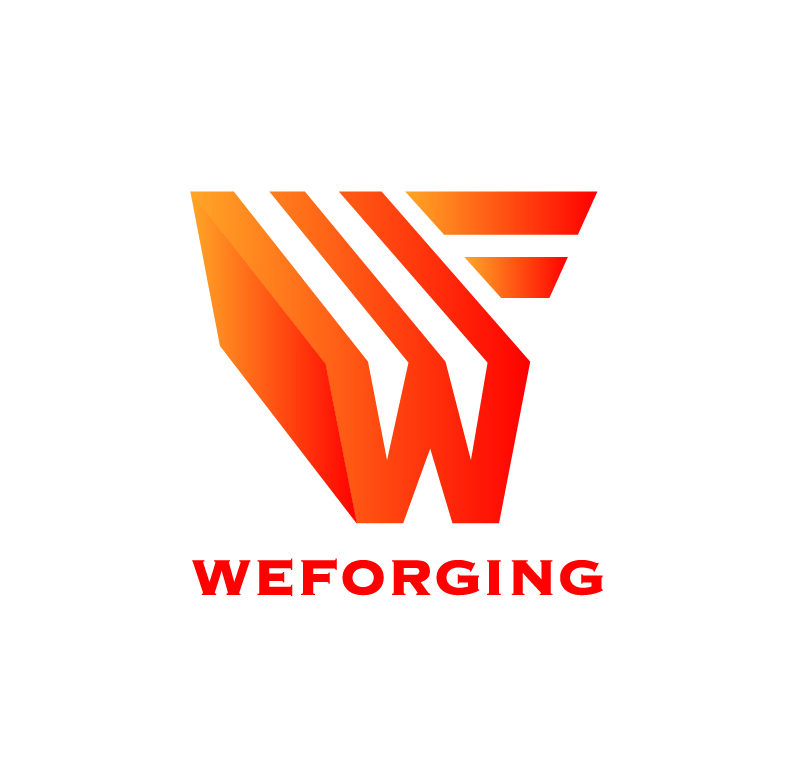- Hot Forging & Cold Forging
Custom Forged Flanges | CNC Machined Flange Forgings Manufacturer – Weforging
- Hot Forging & Cold Forging
Precision Input Gear Forgings | High-Strength Alloy Steel | Custom OEM Solutions
- Hot Forging & Cold Forging
Alloy Steel Forgings | Custom Metal Parts for Machinery
- Hot Forging & Cold Forging
Flange Forgings | High-Pressure Connections
- Hot Forging & Cold Forging
Custom Fork Ear Forging | Hot Forged & CNC Machined Steel Parts
- Hot Forging & Cold Forging
Alloy Steel Forgings | Custom Metal Parts for Machinery
- Hot Forging & Cold Forging
Piston Rod Forgings | Hard Chrome Plated | Hydraulic Cylinder Grade
- Hot Forging & Cold Forging
Mining Ring Gear | 4340 Alloy Steel | 3000+ Nm
Precision Hot & Cold Forging with Integrated CNC Machining
At Weforging, we excel in hot forging and cold forging techniques to produce high-performance components tailored for critical industrial applications. From creating durable gear blanks to manufacturing intricate hydraulic parts, our forging solutions ensure superior mechanical strength and dimensional precision, tailored to your needs in sectors like marine, energy, agriculture, and construction.
Hot Forging Capabilities
Ideal for shaping large structural parts like flanges, gear blanks, and cylinder components.
Produces refined grain structure, enhanced toughness, and superior fatigue resistance under heavy load conditions.
Supports large-diameter and complex shape forgings with reliable material integrity.
Cold Forging Advantages
Perfect for industrial fasteners, shafts, compact parts needing tight tolerances and smooth surface finishes.
Offers material savings, faster cycle times, strain hardening for increased strength.
Produces parts with minimal machining required, reducing waste.
Product Applications
We deliver hot/cold forged products used in:
Gear Components – ring gears, pinion gears, precision gear blanks for rugged drive systems.
Hydraulic Components – piston rods, actuator parts, booster shafts.
Flanges & Housings – high-pressure connectors and mounting rings for marine and industrial pumps.
Fasteners & Small Parts – nuts, bolts, shaft connectors forged to specification for durability.
Why Choose Weforging
Integrated Workflow – Hot forging, cold forging, CNC machining, and assembly under one roof.
Quality Assurance – ISO 9001 compliance, CMM verification, UT/MPI testing, metallurgical and hardness analysis.
Custom & Scale – From small prototype batches to high-volume orders, per customer requirements.
Global Reach – Trusted by clients in marine, energy, agriculture, heavy machinery across Europe and North America.
Forge the Future with Weforging
Looking for custom forged solutions? Contact our team to discuss how Weforging can deliver forged components engineered for strength, precision, and long-term performance. Request a free quote today.









